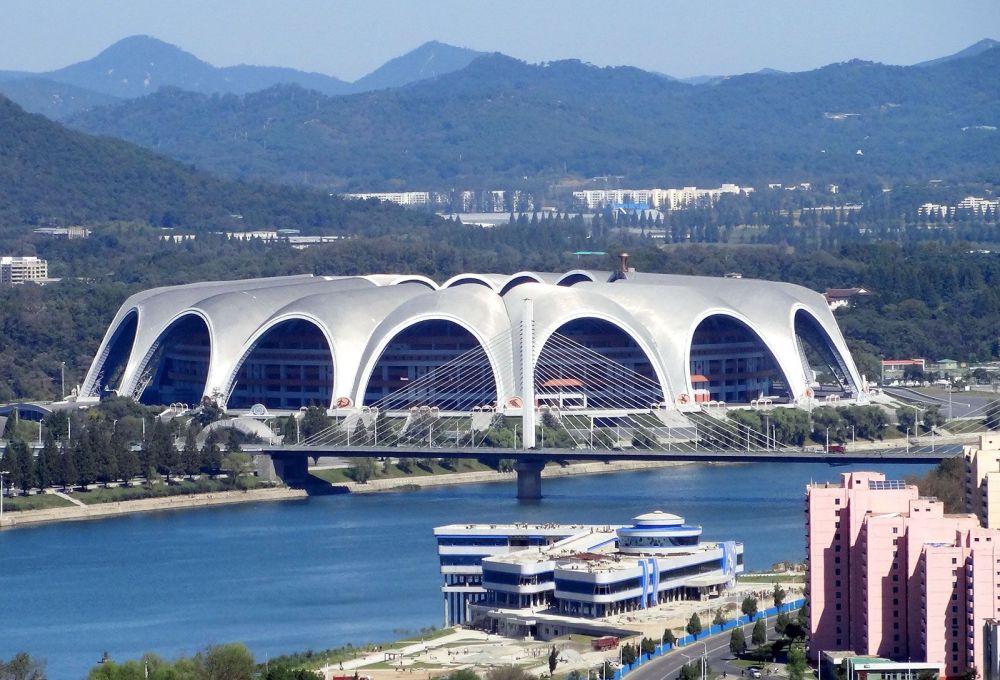

Pyongyang, the capital city of the Democratic People's Republic of Korea (North Korea), is a destination that has been shrouded in mystery for many years. Tourism in Pyongyang, and North Korea as a whole, has a relatively short history, primarily because the country has historically been one of the most secluded in the world.
Tourism in North Korea began in earnest in the 1980s when the government started to allow a limited number of visitors from non-aligned countries and those with Communist affiliations. The primary purpose of allowing these early tourists was to showcase the successes of the socialist regime and to earn foreign currency. Tourists were, and still are, strictly supervised by government-appointed guides and are only able to visit designated locations.
Political events in the 1990s, including the fall of the Soviet Union and a devastating famine in North Korea, led to a slight opening of the country to international visitors. The Arirang Mass Games, a massive gymnastics and artistic festival, became a significant draw for tourists. It was introduced as a means to promote North Korean culture and achievements to the external audience.
In recent years, there has been a subtle shift in North Korean tourism policies. Pyongyang has started to welcome an increasing number of tourists from Western countries, although the numbers are still relatively low due to strict regulations and the political situation on the Korean peninsula. Today, tours are available through a small number of specialized travel agencies that coordinate with the North Korean government. More areas have been made accessible for tourists, such as the Pyongyang Metro, the DPRK's various monuments, and the occasional cultural exchange event.
Tourism to Pyongyang is heavily affected by the political tensions between North Korea and the international community. Due to nuclear threats and human rights issues, many countries advise against travel to North Korea. Sanctions and diplomatic isolation have also impacted the tourist sector significantly.
Travelers who visit Pyongyang today must adhere to strict rules – movement is restricted, interactions with local people are limited, and photographing certain areas is prohibited. Notable attractions include the Juche Tower, the Mansudae Grand Monument, the War Museum, and the Kumsusan Palace of the Sun, the mausoleum for former leaders Kim Il-sung and Kim Jong-il. Additionally, tourists may be invited to visit model cooperative farms, schools, and factories as part of their prescribed tour.
The future of tourism in Pyongyang remains uncertain. While there has been international interest in the city due to its enigmatic nature and the general public's curiosity about this isolated nation, political and military developments will continue to influence tourism in Pyongyang.
Despite the inherent complexities and potential risks of traveling to North Korea, Pyongyang continues to fascinate a small but steady stream of tourists each year. They come seeking a glimpse into a society that operates vastly differently from most others in the modern world, making it one of the last frontiers of travel.